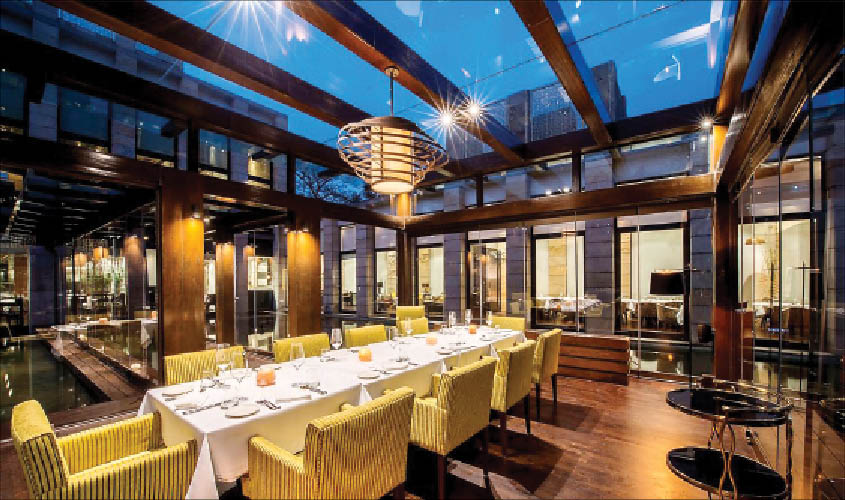India has always been a country steeped in rituals and a promoter of its indigenous industry. But in recent times, an emerging trend has been observed. While most Indian families would prefer eating at home, they have become more than welcoming of the restaurant industry that was once alien to them.
Food is an integral part of Indian culture and it has always been something that Indians have related to—it also brings together families when they go out to have meals. Contemporary restaurants are a byproduct of a modern revolution, as a result of which, more and more youngsters have begun leaving home to work in other cities. This has necessitated takeaways and fine dines for them. An interesting trend has begun and due to an increased interest in India as an investment destination, more fine-dining chains are waiting to set up branches here. Indian food lovers have a lot to look forward to in the coming years.
The food and services industry is thriving
They have exponentially expanded not only the business, but also branched it into varied platforms. There is a plethora of heterogeneity that can be found in the industry that they have cultivated into different concepts for dining.

Fast casual dining
This is a concept that originated in the United States. It refrains from offering full table service, but promises higher quality food than basic fast-food restaurants, while using fewer frozen and processed ingredients. It is a concept that finds a balance between casual dining and fast-food chains. The category is exemplified by chains such as Chipotle Mexican Grill, Shake Shack and McDonald’s among many others.
Casual dining
As the name suggests, a casual-dining restaurant is one that serves averagely-priced food in a casual atmosphere. Except for buffet-style restaurants, casual-dining restaurants always provide table service. Casual dining is a market segment that is an intermediary between fast-food establishments and fine-dining restaurants. These restaurants usually have a full bar with separate bar staff, a full beer menu and a limited wine menu.
Premium casual dining
These restaurants aim at striking a balance between comfort and the opulence of fine-dining restaurants, while still offering a not so formal ambience and light environment of casual-dining restaurants.

Fine dining
Fine-dining restaurants are full-service restaurants with meticulously curated meal courses. The décor and ambiance of such restaurants feature a higher quality of services, with establishments often having certain rules of dining which visitors are expected to follow, including a dress code etc.
Gastro pub
Sometimes also referred to as a gastro lounge, a gastro pub is a bar and restaurant that serves high-end beer and food. The vibe of these pubs usually borders on the casual, where live sports screenings are also held. The term gastro pub was coined in the 1990s, but similar brewpubs existed during the 1980s.
Bistro
A bistro is a small restaurant, serving moderately-priced simple meals in a modest setting with alcohol. Bistros are defined mostly by the food they serve which are curated with a lot of special dedication. French home-style cooking, and slow-cooked foods like cassoulet are typical.
Looking at the market, one can tell that the fastest emerging restaurant concept in India has undoubtedly been the casual fast-dining restaurant. These have completely been dependent on the rate of target customer growth, the rate at which customers, particularly millennials, turn to quick service restaurants (QSR) and the potential for lower operating costs. With all these factors working in favour of restaurant dining, the casual and fast casual dining industries have seen a period of colossal growth and are among the monopolies in the restaurant business as of now.
The author is business head, Barcelos, India

